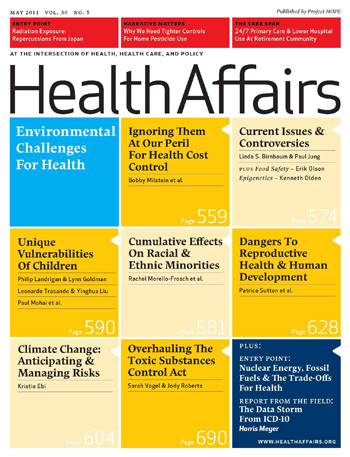New young patients and an expansive Medicare population will help fuel an uptick in healthcare spending to an average growth of around 5.8% between now and 2022, according to a Centers for Medicare and Medicaid assessment published in Health Affairs.
Unsurprisingly, healthcare reform’s creation of a more health-insured population is among the drivers of the anticipated growth. According to the CMS actuarial office which tallied the numbers, younger, newly insured patients will most likely spend their healthcare dollars on things like office visits and prescriptions, as opposed to, say, hospital services. But the economy and an aging population are also coming into play. CMS’s researchers note that Baby Boomers will be bulking up the Medicare population between 2019 and 2022, which will boost the average Medicare spend to an average of 7.9%, compared to 2016-2018 when Medicare spending will grow an average of 7.3%.
As seen in other health cost studies, however, increases are not just about greater use, and CMS says healthcare costs will rise faster than per-capita GDP growth, which is expected to be around 4.7%.
CMS expects near-term spending to remain sluggish, with this year’s growth staying below the 4% mark, due to a groggy economy, slow Medicare and Medicaid spending growth as well as insurance plans that have increased the cost-sharing requirements.
Although CMS researchers have made a direct link between the economy and health-related spending in this report, past research has indicated that this does not explain the slow growth of late. An article Health Affairs published in April was able to attribute about 37% of the 2009-2012 healthcare spending slowdown to the recession, an 8% to a drop in the number of privately insured patients, but were unable to account for what else drove sales downwards. Similarly, a CMS report that same month showed that 18-to-64 year olds were less likely to take their medications than the 65-plus set because they wanted to save money.
This could be of note because markets are still trying to understand the spending habits of youthful Millennials’ spending habits. Retail habits of the young and unfettered may not give insight into long-term needs, but this is an age group with a different perspective on what qualifies as necessary. Some quick examples: the growth of car sharing services like ZipCar and rent-your-apartment businesses like Airbnb. A SymphonyIRI study cited by Time‘s Brad Tuttle noted this month that Millennials “are 18% more likely to ‘self treat’ where possible to avoid spending money on doctor’s visits.”
Assuming all goes as projected, CMS anticipates two prescription medication changes: first, a 5.2% spending uptick in 2014, due to more insured patients. Second, researchers see drug prices going upwards through 2022. This is in addition to seeing generics proportion of the market “level off at roughly 85%,” which they write will contribute to higher average prescription drug prices. In terms of spend, researchers write these trends will mean an average of around 6.5% of growth on Rx meds from 2015-2022.








